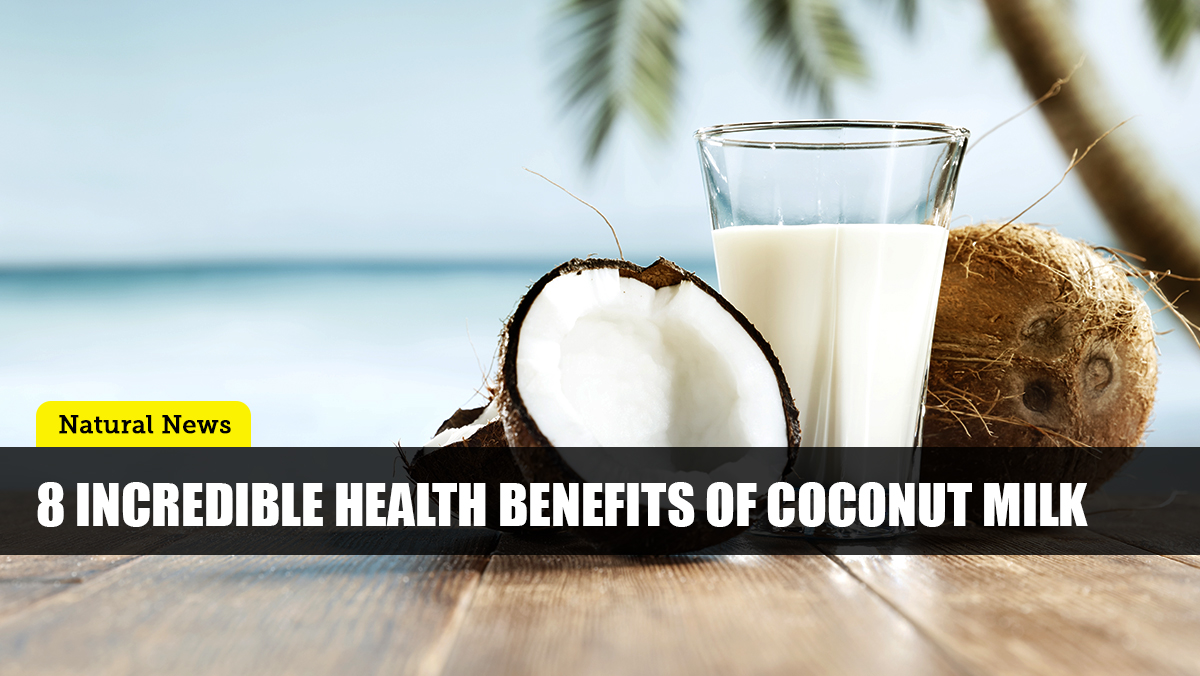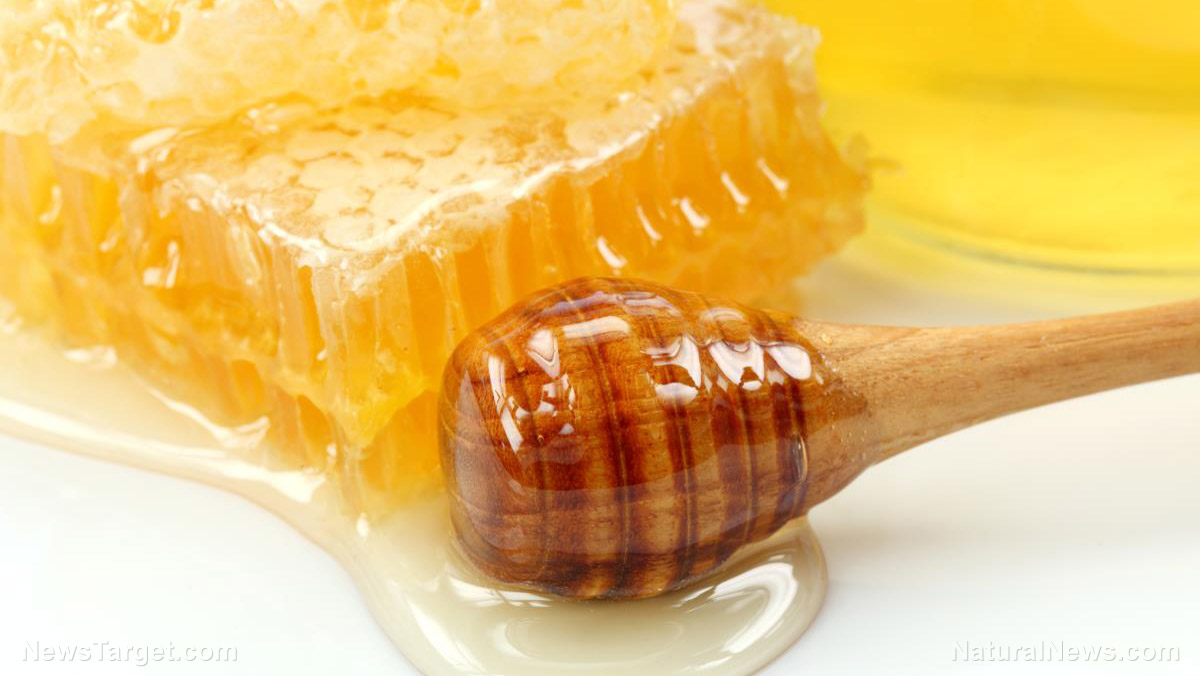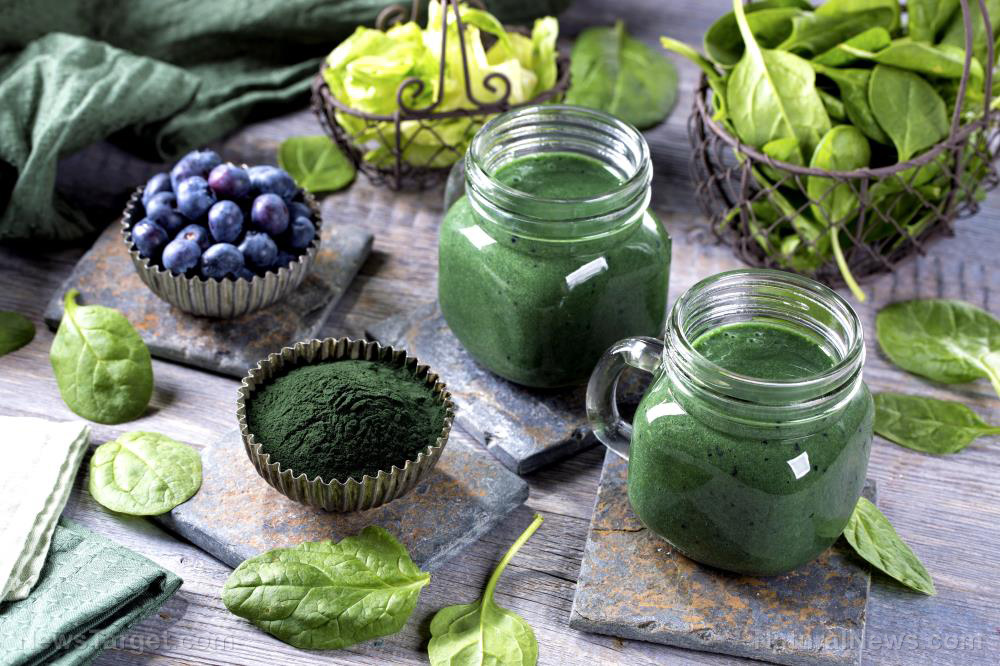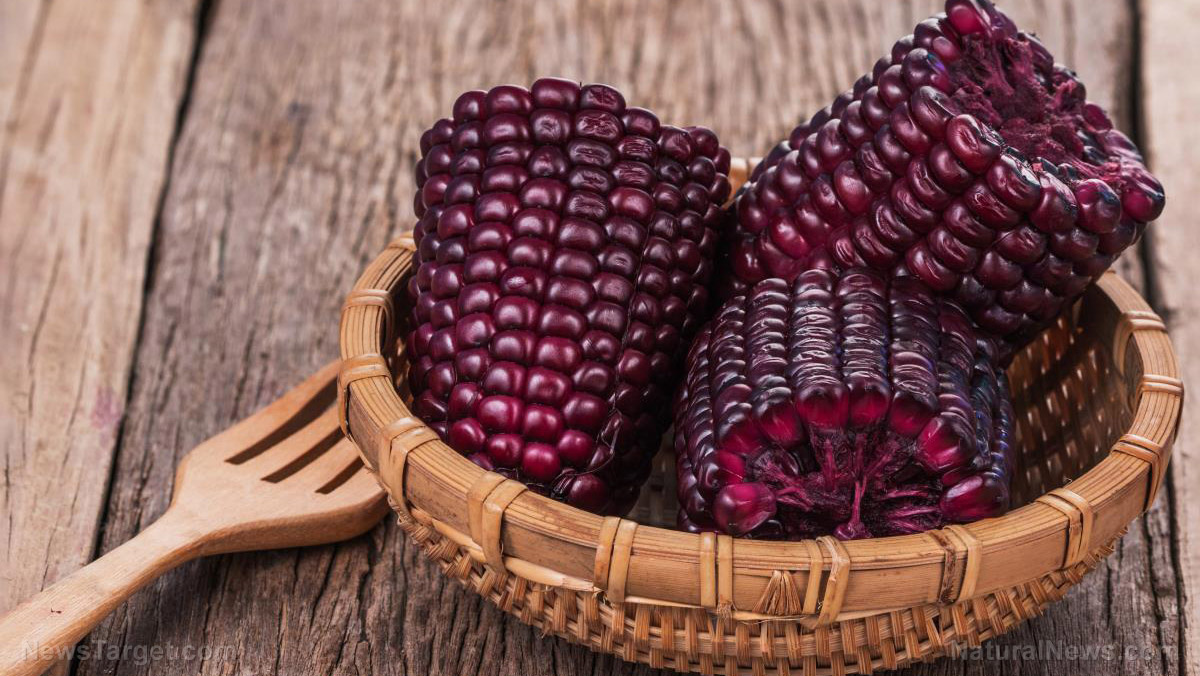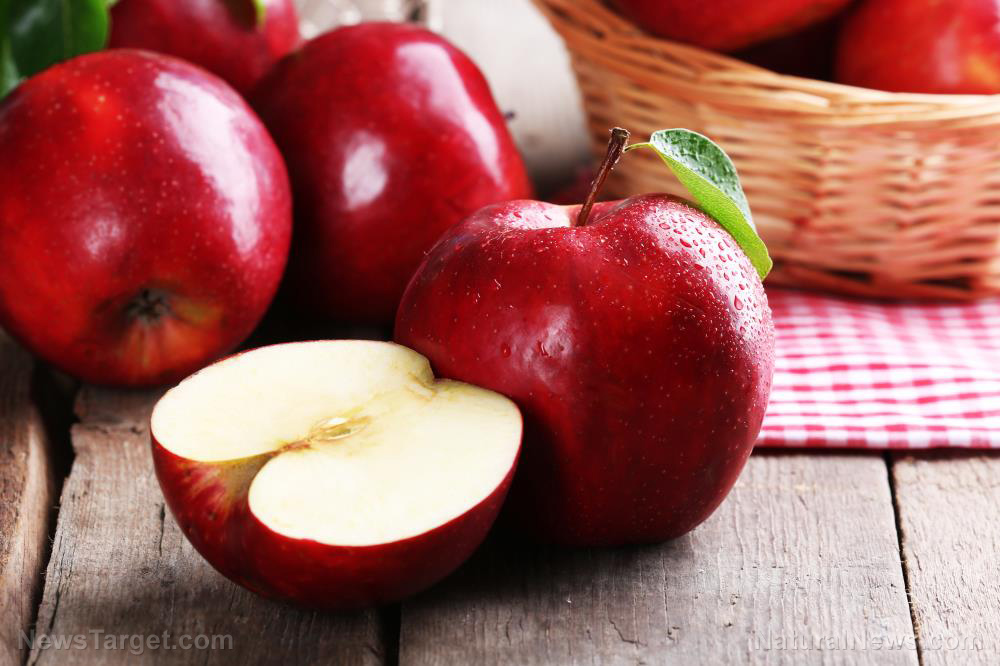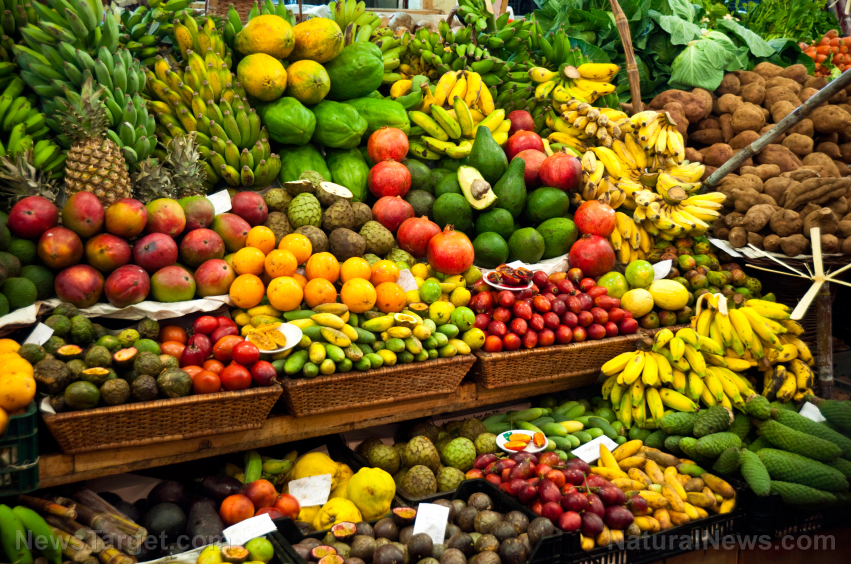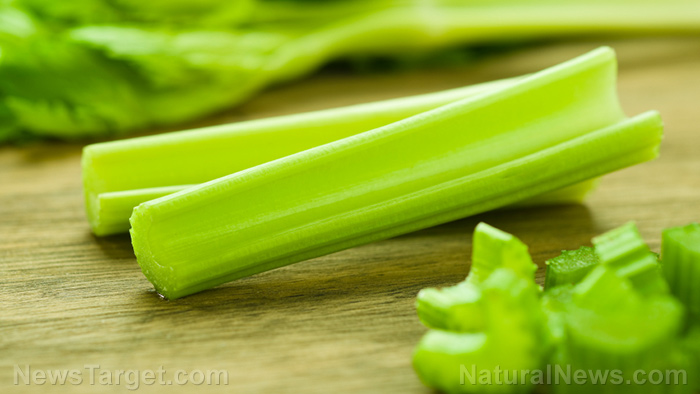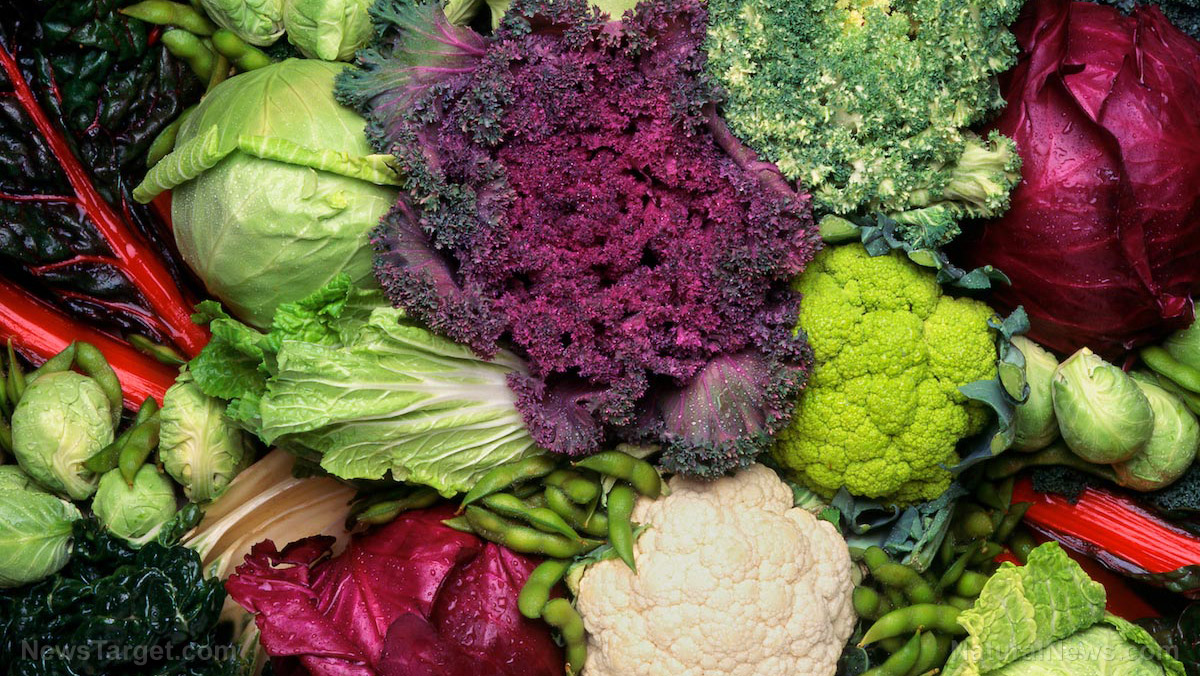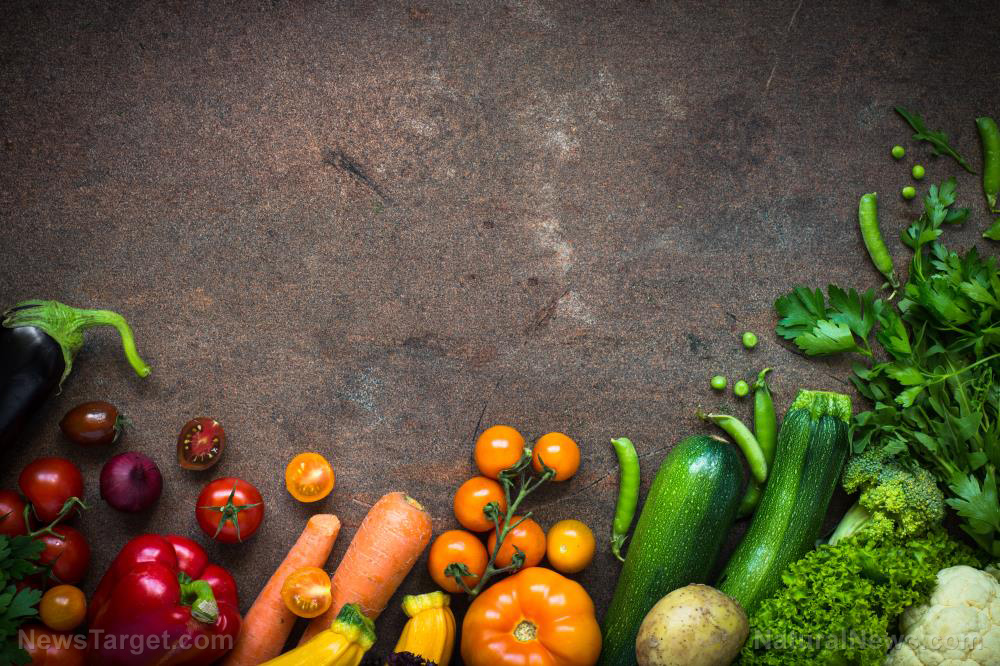Build your own sustainable gardens: A no-nonsense guide
10/07/2019 / By Grace Olson
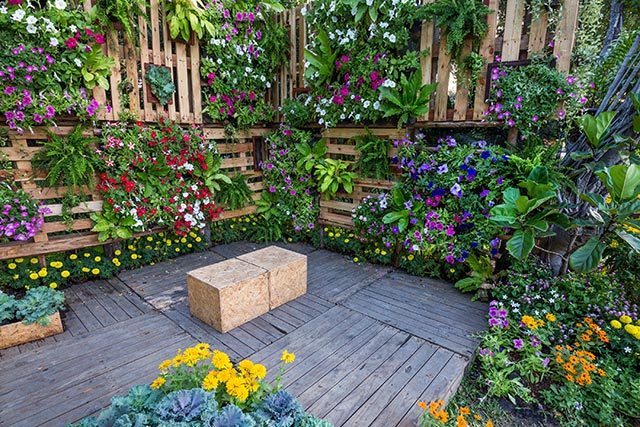
You can easily access fruits and vegetables in grocery stores, but you cannot be fully sure of how they were grown. Also, you never know how long those supplies will last. Sustainable gardening offers both a solution and a question. It is a solution because it is environment-friendly. On the other hand, building a sustainable garden can be overwhelming when you have no idea where and how to start. Here is a short guide to help you get started. (h/t to BackdoorSurvival.com)
1. It is all about the soil
Before you worry about what type of seeds to get or everything else you need, consider the most important thing first: soil. Soil is the foundation of your sustainable gardening plans. It is where your plants will be placed and is crucial to their growth. A lot of farmers invest in chemical inputs for their farms in order to strengthen the soil and increase produce. These include nutrients like nitrogen and potassium, and pesticides and herbicides as well. (Related: Maintain Healthy, Sustainable Garden Soil.)
In sustainable gardening, there are ways for you to enrich your soil without resorting to chemical inputs.
Mulch
Mulch is a mixture of fallen leaves with leaf material and composted manure (chicken, horse, cow). It acts as a cover for the soil and is used to preserve moisture and suppress weeds. It also makes your garden look more pleasing. If you have newspapers or straw, you can add them to the mulch as supplements.
Cover crops
You can use cover crops for areas in your garden that are currently bare. Peas – such as legumes, alfafa, and fava beans – help introduce nitrogen into the soil. Nitrogen is readily available in the air, but it needs to be converted for plants to consume. Cover crops assist with this conversion together with good soil bacteria.
Another cover crop is grass, but it does not convert nitrogen. Instead, it manages soil constitution and structure. Plant grass in clay soil; this will help loosen the clay and add organic material into it.
Compost
Composting is a great way to recycle and help the environment. If you haven’t already, start separating your trash – biodegradable, non-biodegradable, and recyclable – and build a compost pile. Make sure to keep your compost pile aerated and moist. You can achieve this by alternating wet and dry materials. Dry materials include leaves, straw, and cardboard materials. Wet materials include food leftovers and fruits and vegetables that are no longer usable.
Remember: A healthy compost is not smelly. If it stinks, it means it has become anaerobic and you need to add more dry materials. You will know that the compost is ready once the pile has shrunk, and it looks like rich, dark earth instead of rotting vegetables. Compost takes time and progresses faster in warm seasons than in cold ones.
Compost teas
Once the compost is ready, you can make “compost teas.” To make them, put holes in the bottom of a container and fill it with compost. As you are walking around your garden, fill the container with water (1:3 compost to water ratio) and let the “tea” drip into the soil. This will transfer additional nutrients to it.
2. Choose your plants
It can be tricky to choose plants for your garden because each type of plant has different needs for growth. Here are some tips before you buy some:
Do your research.
Make sure to find out beforehand which types of plants go well together. Some plants, such as blueberries, prefer acidic soil while another plant may prefer otherwise. It is best to find out the right conditions for each type of plant to grow and see first if you can meet them. This saves both time and money on your part.
Use native plants.
The great thing about native plants is that they are already used to the weather and seasons in your area. This makes them sturdier and more likely to last a longer time. Consult with other gardeners, farmers, or local suppliers for more information.
Plant the edibles among the ornamental plants.
Sustainable gardening does not plant in masses. This is practiced in traditional farming, but it also attracts a lot of pests and disease. Plant your fruits and vegetables among ornamental plants to reduce this risk. It may also help the edibles grow bigger and taste better while repelling harmful insects.
Tip: Save rainwater for your garden next time; it does wonders for your plants.
3. Get some chickens
The next logical step after setting up your soil and plants is to gather some poultry. They can provide meat, eggs, and dairy products. Raising chickens alongside a sustainable garden ensures that your animals consume only organic food, safe from any additives you might find in poultry provided in the market.
Moreover, chickens are more manageable to raise than large livestock. You can build a chicken coop and start with a few chickens. They are a great investment because they can provide eggs and meat.
Another great way that they can help your garden is a practice called “lasagna farming.” This is the practice of moving the chicken coop around the garden on different days. The chickens then till the soil in that area and remove any unwanted grass or pest.
Sustainable gardening is a huge undertaking, but if done right, it can provide for you and your family in the long run.
Sources include:
Tagged Under: chickens, clean food, compost, crops, food freedom, food independence, food supply, fruits, green living, home and life, home gardening, homesteader, homesteading, how-to, livestock, off grid, organics, Plants, Poultry, preparedness, prepper, prepping, self sufficiency, soil, survival, sustainable garden, sustainable gardening, sustainable living, trees, vegetables
RECENT NEWS & ARTICLES
COPYRIGHT © 2017 ORGANICS NEWS


